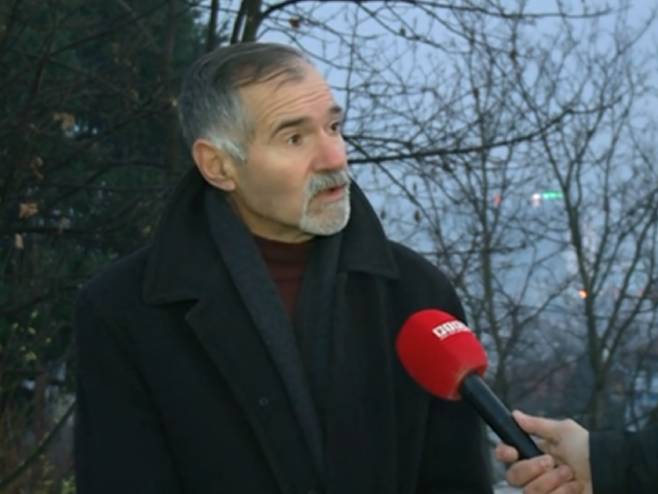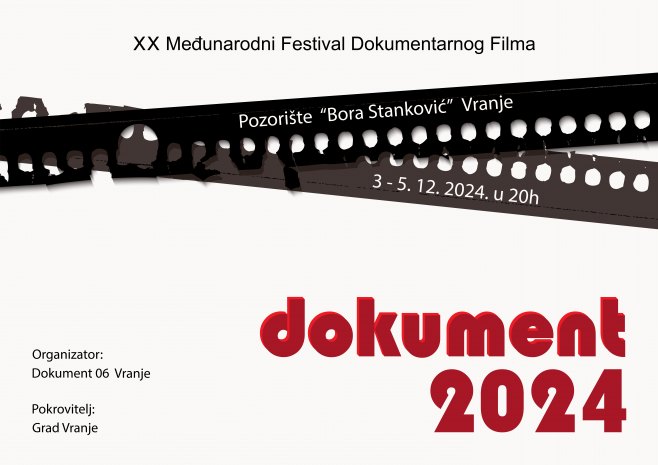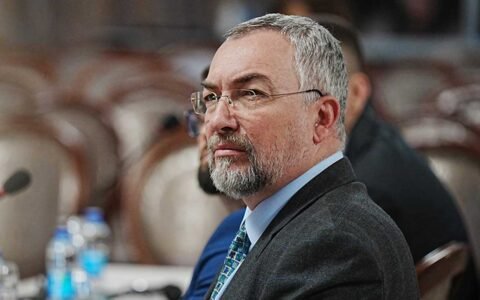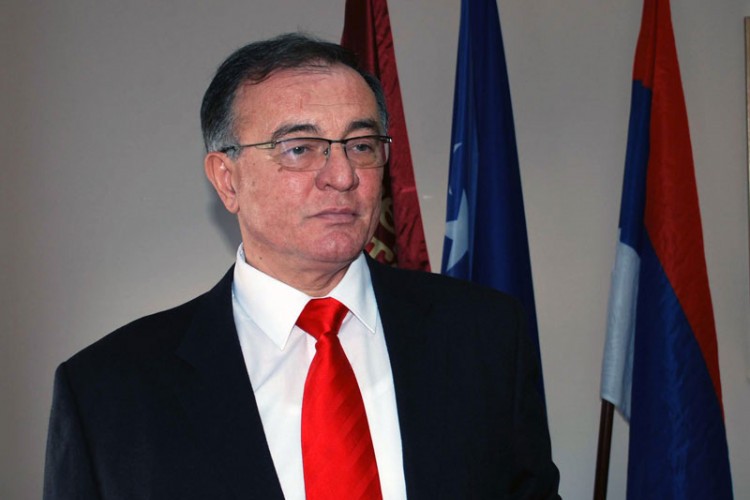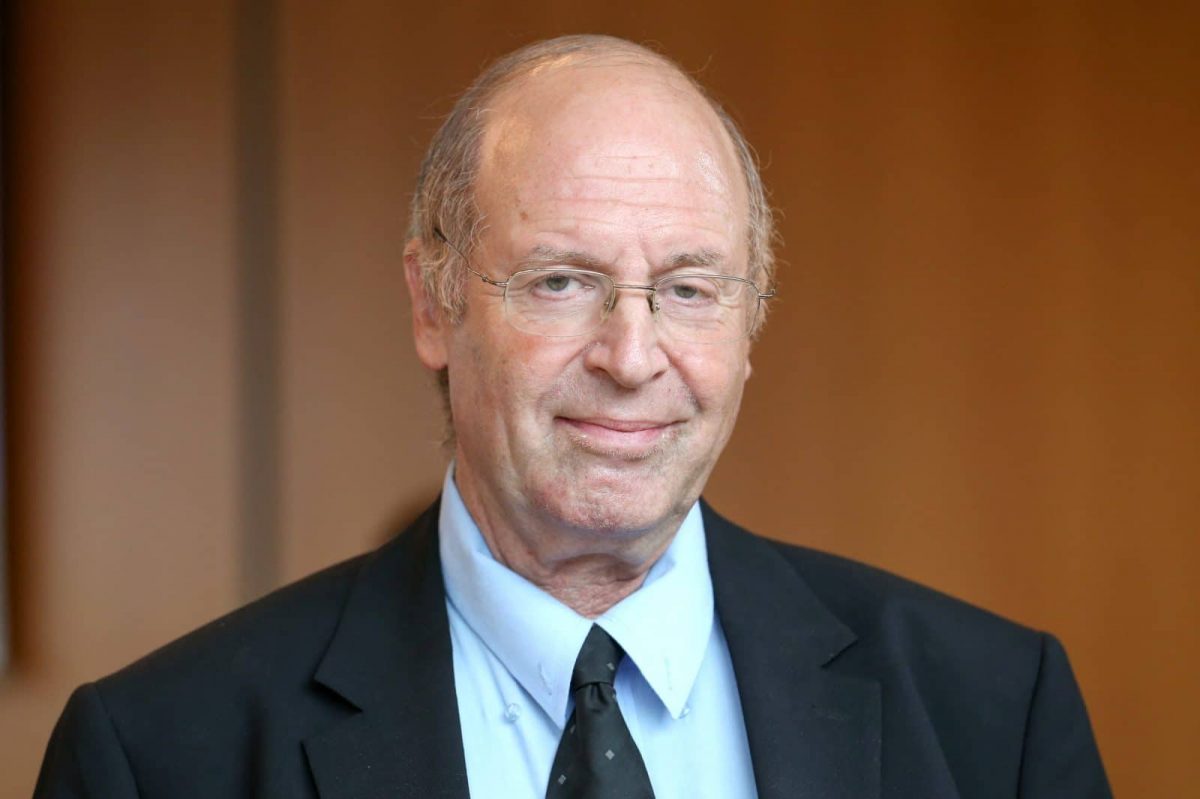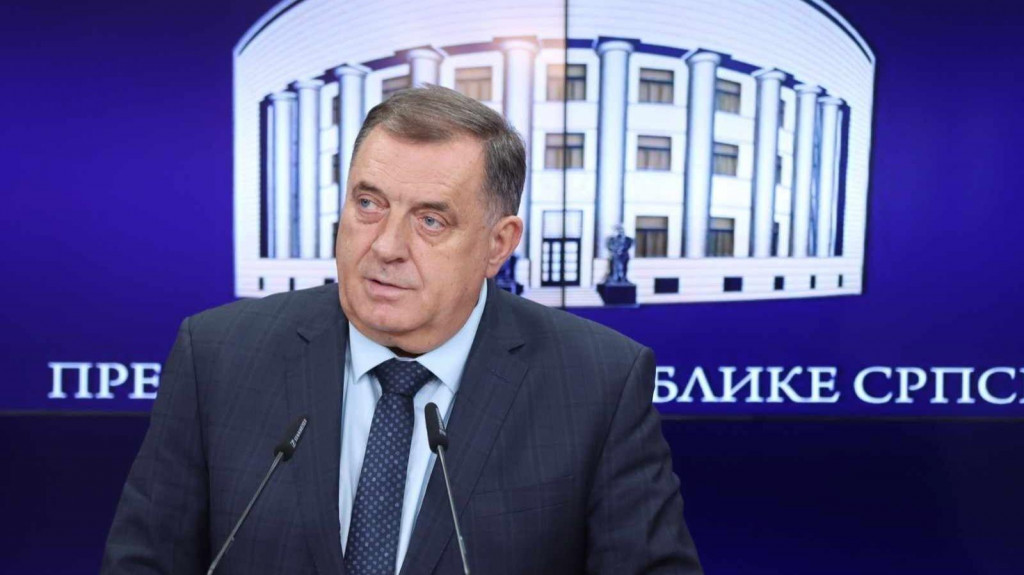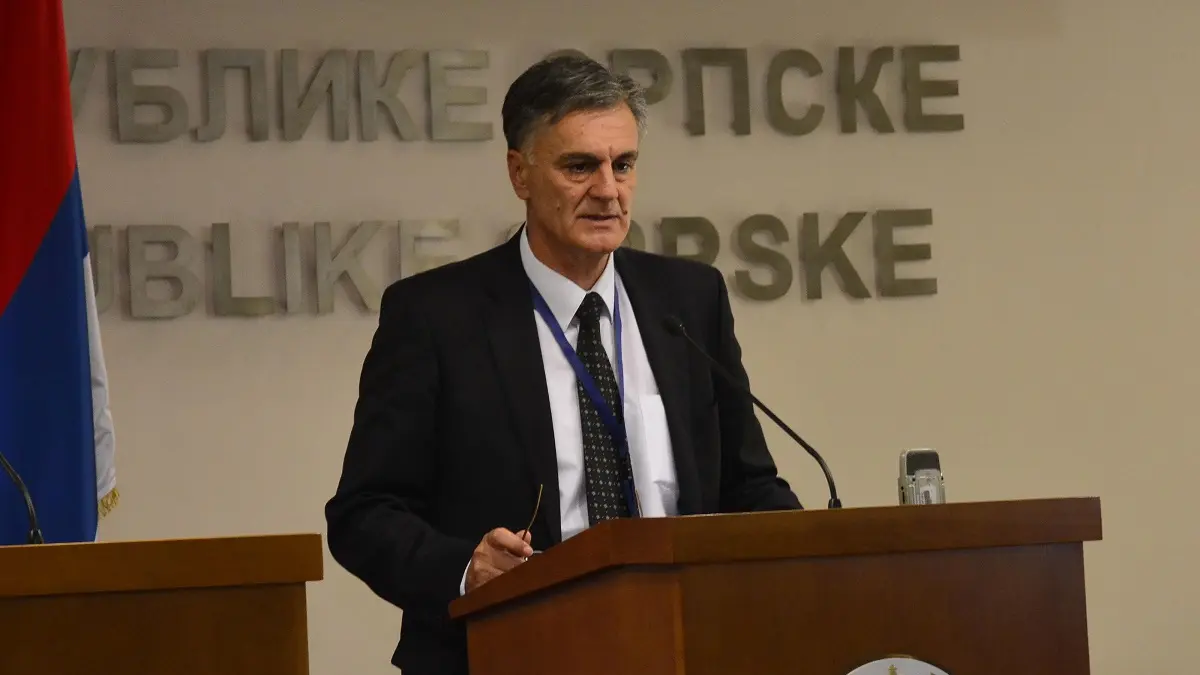The exhibition of the Leskovac National Museum titled “Orders of the Obrenović and Karađorđević Dynasties” has opened at the Stara Hercegovina Museum.
The valuable display brings together 50 decorations and five decrees, accompanied by photographs of prominent citizens of Leskovac, presented on 21 richly illustrated panels. The exhibition is part of the cultural event “Days of Serbia in Republika Srpska.”
The oldest item displayed is the Takovo Cross, established in 1865 to mark the 50th anniversary of the Second Serbian Uprising — the first Serbian order of the Obrenović dynasty, later awarded by both the Principality and Kingdom of Serbia for merits in defense against enemies.
Visitors can also see the first dynastic order of the Karađorđević family from 1904 — the Order of Karađorđe’s Star, created to commemorate the 100th anniversary of the First Serbian Uprising led by Karađorđe.
Among other honors featured are the Order of Saint Sava (established in 1873) and the Order of the White Eagle (1882).
The exhibition highlights recipients — generals, captains, professors, teachers, doctors, entrepreneurs, merchants, Members of Parliament, printers, and ordinary citizens — who were awarded these decorations between 1865 and 1941. The authors of the exhibition are curator–historian Vladimir Petković and senior curator Nikola Marković.
“Looking at these decorations, we see our ancestors. We also see Amet Ametović — a hero of the Battle of Kumanovo — who proudly wore the Karađorđe’s Star for decades, even after 1945, when many of our people were not allowed to wear it. We wanted to honor all who contributed to the freedom we enjoy today, on either side of the Drina,” said co-author Petković.
The exhibition also features the decorations of Mihajlo Babamilkić, a respected multiple-term mayor of Leskovac in the first half of the 20th century, honored by both ruling dynasties and widely admired by his fellow citizens.
“He was awarded the most prestigious military and civil decorations — from the Takovo Cross to the Albanian Commemorative Medal, symbolizing the most glorious pages of our history during the Great War and the collapse of three empires. Although highly esteemed until 1944, he was later marginalized under the communist government,” Petković explained.
Leskovac has been named Serbia’s cultural capital for next year, and this exhibition was first organized last year to mark the 220th anniversary of the First Serbian Uprising, at the initiative of Serbia’s Ministry of Culture.
“This exhibition reflects the history of our nation — a history we must remember and respect if we are to truly value our future and our common goal: the preservation of the Serb people,” said Srđan Mitić, Deputy Director of the Leskovac National Museum.
This year’s edition of Days of Serbia in Republika Srpska has encouraged cooperation between cultural institutions in Leskovac and Foča.
“The period 1918–1941 ties the Foča and Leskovac regions. Decorations from that era awarded in Leskovac mirror those received by distinguished residents of Foča — giving our audience insight into shared historical heritage,” said Danko Mihajlović, Acting Director of the Stara Hercegovina Museum.
Source: See Srpska

